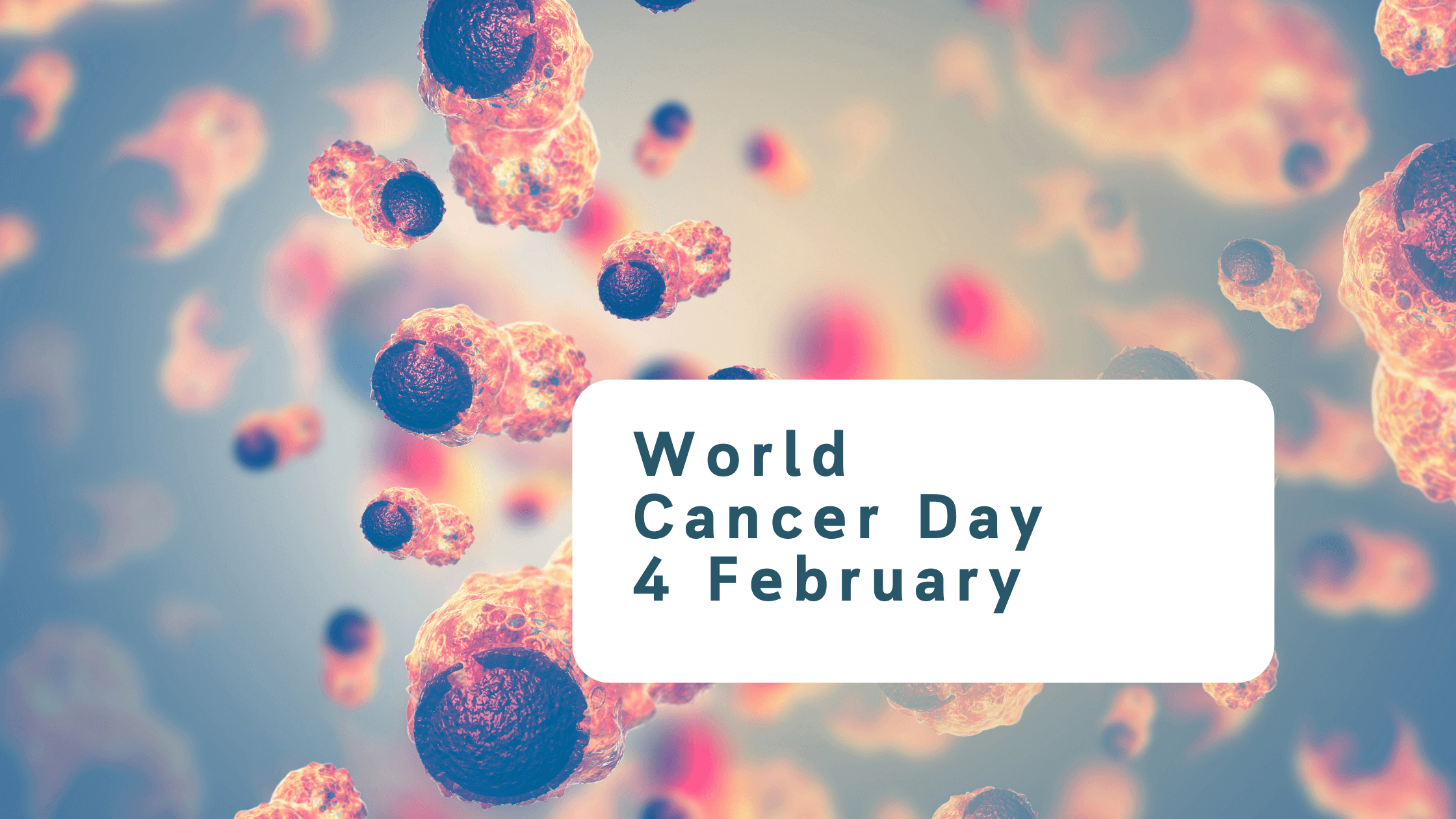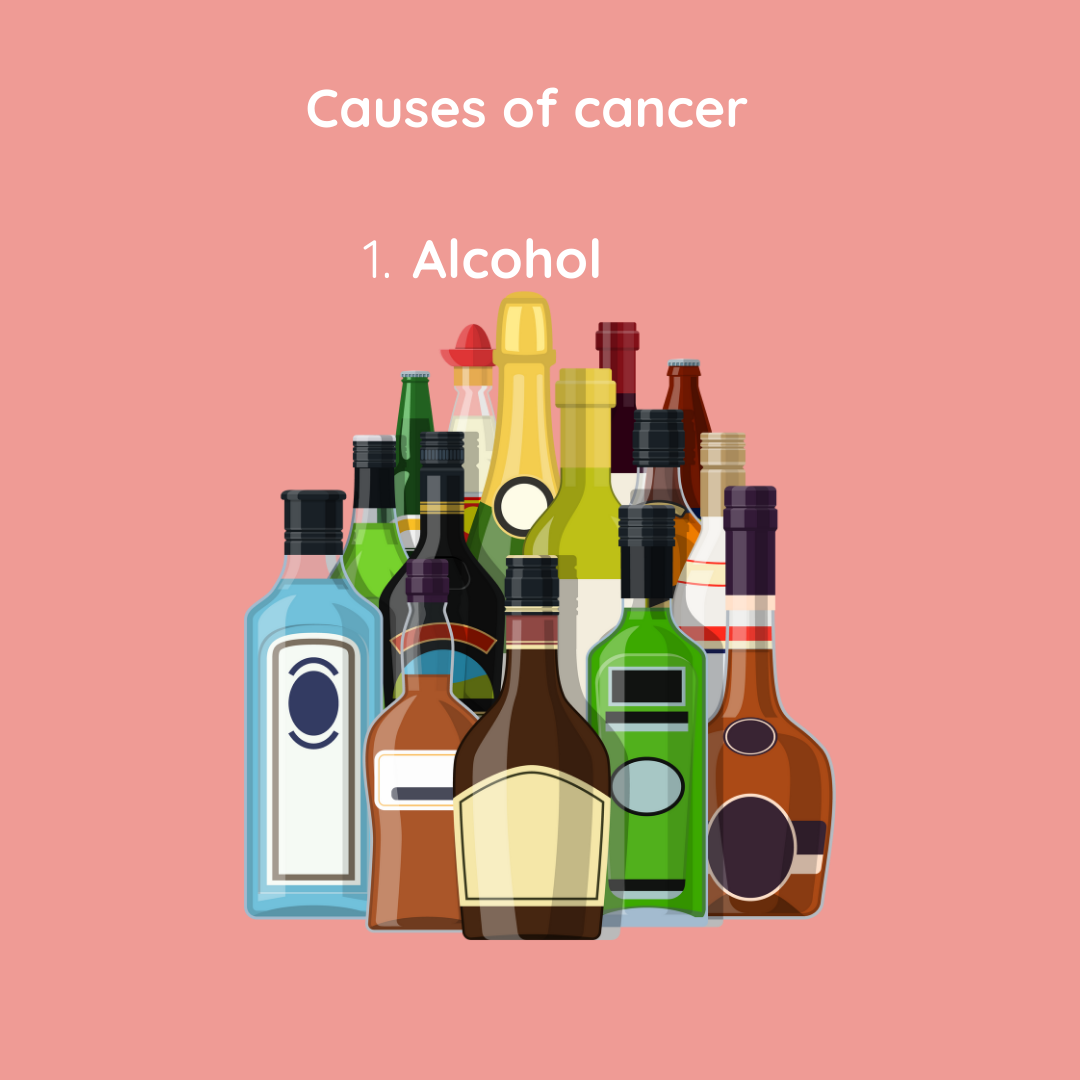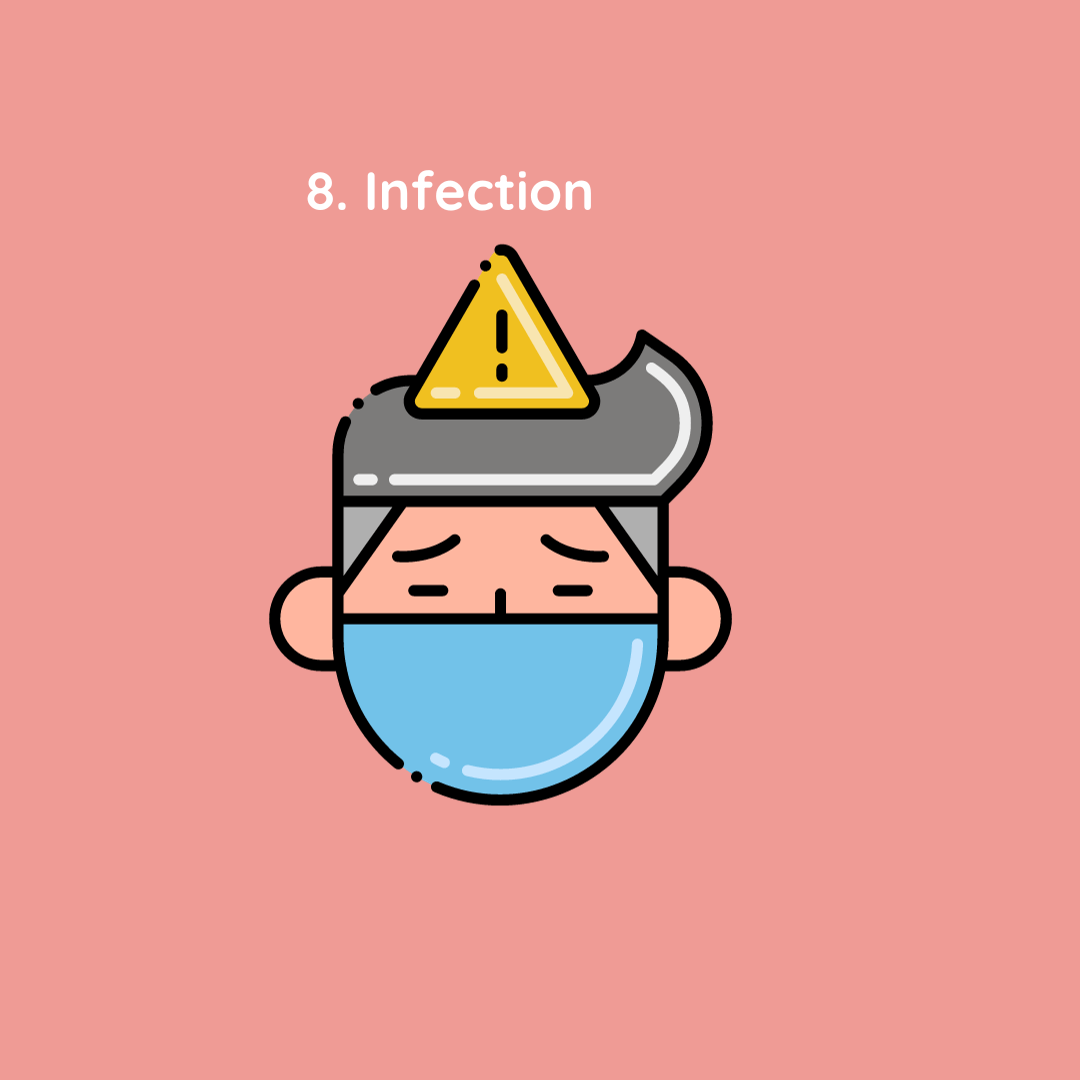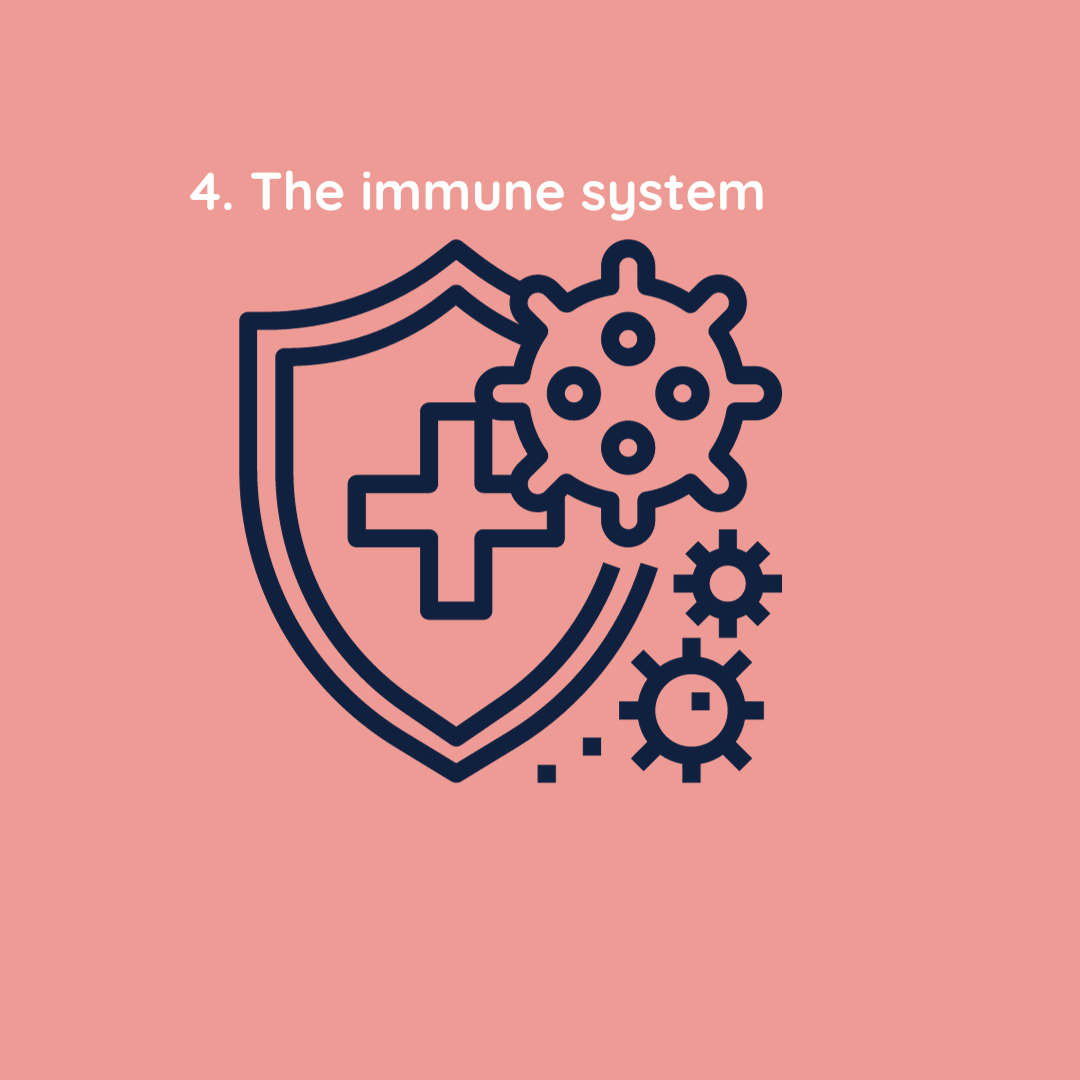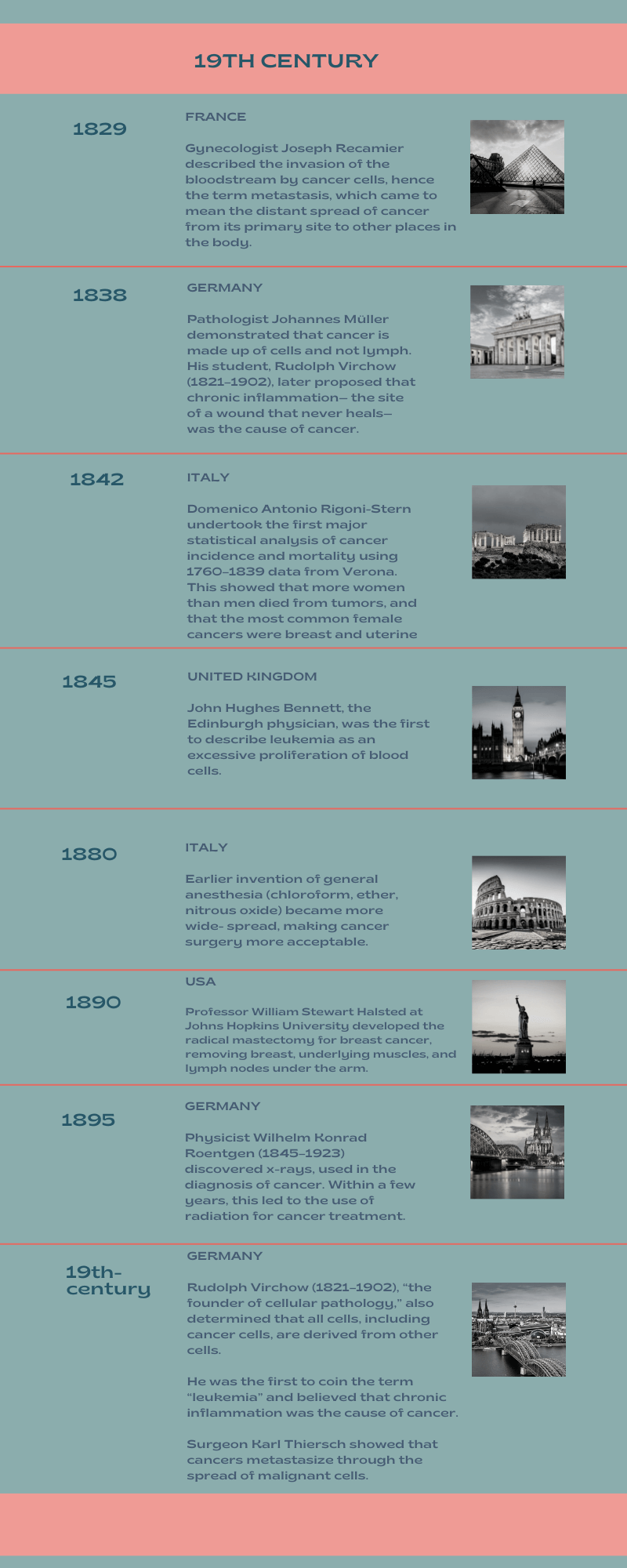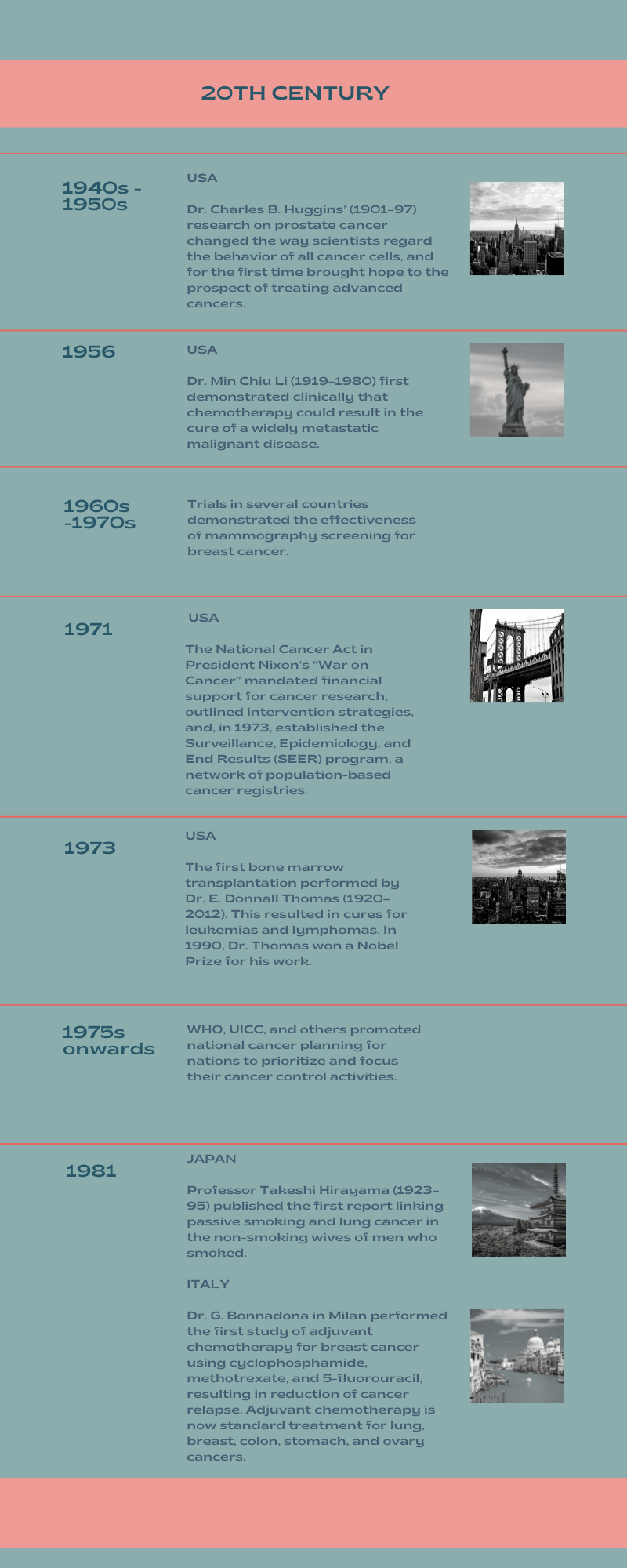World Cancer Day
World Cancer Day - 4 February
“10 million people die of cancer every year and it is the 2nd-leading cause of death worldwide.”
Key cancer facts:
Cancer is the second-leading cause of death worldwide.
10 million people die from cancer every year.
More than 40% of cancer-related death could be preventable as they are linked to modifiable risk factors such as smoking, alcohol use, poor diet and physical inactivity.
Almost at least one third of all deaths related to cancer could be prevented through routine screening, and early detection and treatment.
70% of cancer deaths occur in low-to-middle income countries.
Millions of lives could be saved each year by implementing resource appropriate strategies for prevention, early detection and treatment.
The total annual economic cost of cancer is estimated at US$1.16 trillion. - World Cancer Day
Cancer Australia states that 'there are many different types of cancer, and usually they are named for the organ or cell type of the primary cancer e.g., bladder cancer starts in the bladder, or prostate cancer starts in the prostate.'
What is cancer ?
Cancer is a disease which occurs when changes in a group of normal cells within the body lead to uncontrolled, abnormal growth forming a lump called a tumour; this is true of all cancers except leukaemia (cancer of the blood).
If left untreated, tumours can grow and spread into the surrounding normal tissue, or to other parts of the body via the bloodstream and lymphatic systems, and can affect the digestive, nervous and circulatory systems or release hormones that may affect body function. - World Cancer Day
To learn more click here.
Cancer tumours can be divided into three groups:
1. Benign tumours
Are not cancerous and rarely threaten life.
They tend to grow quite slowly, do not spread to other parts of the body and are usually made up of cells quite similar to normal or healthy cells.
They will only cause a problem if they grow very large, becoming uncomfortable or press on other organs - for example a brain tumour inside the skull.
2. Malignant tumours
Are faster growing than benign tumours and have the ability to spread and destroy neighbouring tissue.
Cells of malignant tumours can break off from the main (primary) tumour and spread to other parts of the body through a process known as metastasis.
Upon invading healthy tissue at the new site they continue to divide and grow.
These secondary sites are known as metastases and the condition is referred to as metastatic cancer.
3. Precancerous (or premalignant)
Describes the condition involving abnormal cells which may (or is likely to) develop into cancer.
Types of cancers: -
Cancer can be classified according to the type of cell they start from. There are five main types:
1. Carcinoma -
Cancer that begins in the epithelial cells (the lining of cells that helps protect or enclose organs).
Carcinomas may invade the surrounding tissues and organs and metastasise to the lymph nodes and other areas of the body.
The most common forms of cancer in this group are breast, prostate, lung and colon cancer
2. Sarcoma -
A type of malignant tumour of the bone or soft tissue (fat, muscle, blood vessels, nerves and other connective tissues that support and surround organs).
The most common forms of sarcoma are leiomyosarcoma, liposarcoma and osteosarcoma
3. Lymphoma and Myeloma -
Cancers that begin in the cells of the immune system.
Lymphoma is a cancer of the lymphatic system, which runs all through the body, and can therefore occur anywhere.
Myeloma (or multiple myeloma) starts in the plasma cells, a type of white blood cell that produces antibodies to help fight infection.
This cancer can affect the cell's ability to produce antibodies effectively
4. Leukaemia
Leukaemia is a cancer of the white blood cells and bone marrow, the tissue that forms blood cells.
There are several subtypes; common are lymphocytic leukaemia and chronic lymphocytic leukaemia
5. Brain and spinal cord cancers –
These are known as central nervous system cancers.
Some are benign while others can grow and spread.
To learn more, click here.
Causes of cancer
‘Cancers can be caused by a number of different factors and, as with many other illnesses, most cancers are the result of exposure to a number of different causal factors.
It is important to remember that, while some factors cannot be modified, around one third of cancer cases can be prevented by reducing behavioural and dietary risks.
Modifiable risk factors include:
It is important to note that income and education levels, national policies, industry tactics with vested commercial interests, and genetics, are all factors that can make it very difficult to act on a modifiable factor and change behaviour at the individual level.
Alcohol –
The evidence that all types of alcoholic drinks are a cause of a number of cancers is now stronger than ever before.
Alcohol can increase the risk of six types of cancers, including bowel (colorectal), breast, mouth, pharynx and larynx (mouth and throat), oesophageal, liver and stomach.
The evidence suggests that in general, the most alcohol drinks people consume the higher the risk of many cancers, and that even moderate alcohol intake increases the risk of cancer.
2. Being overweight or obese –
Excess weight has been linked to an increased risk of developing
12 different cancers, including bowl and pancreatic cancers.
In general, greater weight gain, particularly as adults, is associated with greater cancer risks.
In general, greater weight gain, particularly as adults, is associated with greater cancer risks.
3.. Diet and nutrition –
Experts suggest that diets and nutritional intake, particularly diets high in red meats, processed meats, salted foods and low in fruits and vegetables have an impact on cancer risks, particularly colorectum, nasopharynx and stomach
https://www.wcrf.org/dietandcancer/exposures/wholegrains-veg-fruit
https://www.wcrf.org/dietandcancer/exposures/meat-fish-dairy
https://www.wcrf.org/dietandcancer/exposures/preservation-processing
4. Physical inactivity –
Regular physical activity not only helps to reduce excess body fat and the cancer risks associated with this, but being physically active can help to reduce the risks of developing colon, breast and endometrial cancers.
5. Tobacco –
Tobacco smoke contains at least 80 different cancer-causing substances (carcinogenic agents).
When smoke is inhaled the chemicals enter the lungs, pass into the blood stream and are transported throughout the body.
This is why smoking or chewing tobacco not only causes lung and mouth cancers but is also related to many other cancers.
The more a person smokes, the younger they start, and the longer they keep smoking, all further increase the risk of cancer.
Currently tobacco use is responsible for around 22% of cancer deaths.
6. Ionising radiation –
Manmade sources of radiation can cause cancer and are a risk for workers.
These include radon, x-rays, gamma rays and other forms of high-energy radiation.
Prolonged and unprotected exposure to ultraviolet radiations from the sun, sunlamps and tanning beds can also lead to melanoma and skin malignancies.
Fair skinned people, individuals with a lot of moles or who have a family history of melanoma or non-melanoma skin cancer, are at highest risk.
However, people of all skin tones can develop skin cancer, including individuals with darker skin.
7. Work place hazards –
Some people risk being exposed to a cancer-causing substance because of the work that they do.
For example, workers in the chemical dye industry have been found to have a higher incidence than normal of bladder cancer.
Asbestos is a well-known workplace cause of cancer - particularly a cancer called mesothelioma, which most commonly affects the covering of the lungs.
8. Infection –
Infectious agents are responsible for around 2.2 million cancer deaths annually.
This does not mean that these cancers can be caught like an infection; rather the virus can cause changes in cells that make them more likely to become cancerous.
Around 70% of cervical cancers are caused by Human papillomavirus (HPV) infections, while liver cancer and Non-Hodgkin Lymphoma can be caused by the Hepatitis B and C virus, and lymphomas are linked to the Epstein-Barr virus.
Bacterial infections have not been thought of as cancer-causing agents in the past, but more recent studies have shown that people who have helicobacter pylori infection of their stomach develop inflammation of the stomach lining, which increases the risk of stomach cancer.
Non-modifiable risk factors include:
Age –
Many types of cancer become more prevalent with age.
The longer people live, the more exposure there is to carcinogens and the more time there is for genetic changes or mutations to occur within their cells.
2. Cancer-causing substances (carcinogens) –
Substances which change how a cell behaves, increasing the chances of developing cancer.
Genes are the coded messages inside a cell that tell it how to behave (i.e. which proteins to make), mutations or changes to the gene, such as damage or loss, can alter how that cell behaves making it more likely to be cancerous.
3. Genetics –
Some people are unfortunately born with a genetically inherited high risk for a specific cancer ('genetic predisposition).
This does not mean developing cancer is guaranteed, but a genetic predisposition makes the disease more likely.
For example, women that carry the BRCA 1 and BRCA 2 breast cancer genes have a higher predisposition to developing this form of cancer than women with a normal breast cancer risk.
However, less than 5% of all breast cancer is known to be due to genes.
So, although women with one of these genes are individually more likely to develop breast cancer, most cases are not caused by a high risk inherited gene fault.
This is true of other common cancers where some people have a genetic predisposition - for example, colon (large bowel) cancer.
4. The immune system –
People who have weakened immune systems are more at risk of developing some types of cancer.
This includes people who have had organ transplants and take drugs to suppress their immune systems to stop organ rejection, plus people who have HIV or AIDS, or other medical conditions which reduce their immunity to disease.’
- worldcancerday.org
Signs and symptoms of cancer
With so many different types of cancers, the symptoms are varied and depend on where the disease is located. However, there are some key signs and symptoms to look out for, including:
Unusual lumps or swelling –
Cancerous lumps are often painless and may increase in size as the cancer progresses.
2. Coughing, breathlessness or difficulty swallowing –
Be aware of persistent coughing episodes, breathlessness or difficulty swallowing.
3. Unexpected bleeding -
Includes bleeding from the vagina, anal passage, or blood found in stools, in urine or when coughing.
4. Unexpected weight loss -
A large amount of unexplained and unintentional weight loss over a short period of time (a couple of months).
5. Fatigue
Which shows itself as extreme tiredness and a severe lack of energy. If fatigue is due to cancer, individuals normally also have other symptoms.
6. Pain or ache –
Includes unexplained or ongoing pain, or pain that comes and goes.
7. New mole or changes to a mole -
Look for changes in size, shape, or colour and if it becomes crusty or bleeds or oozes.
8. Complications with urinating -
Includes needing to urinate urgently, more frequently, or being unable to go when you need to or experiencing pain while urinating.
9. Unusual breast changes -
Look for changes in size, shape or feel, skin changes and pain.
10. Appetite loss -
Feeling less hungry than usual for a prolonged period of time.
11. A sore or ulcer that won’t heal –
Including a spot, sore wound or mouth ulcer.
12. Heartburn or indigestion
Persistent or painful heartburn or indigestion.
13. Heavy night sweats
Be aware of very heavy, drenching night sweats.
To download a pdf about Cancer signs and symptoms, click here.
Origins of World Cancer Day
World Cancer Day was born on the 4 February 2000 at the World Summit Against Cancer for the New Millennium in Paris.
Who’s behind World Cancer Day?
World Cancer Day is organised by the Union for International Cancer Control and helps educate people on different aspects of the disease through education and information.
What's World Cancer Day all about?
'It’s about having an open mind, challenging assumptions, and looking at the hard facts:
Inequity in cancer care costs lives.
People who seek cancer care hit barriers at every turn.
Income, education, location, and discrimination based on ethnicity, gender, sexual orientation, age, disability, and lifestyle are just a few of the factors that can negatively affect care.
The gap affects everyone, including you and your loved ones.
These barriers are not set in stone. They can be changed.
This is the year to question the status quo and help reduce stigma; to listen to the perspectives of the people living with cancer and their communities and let those lived experiences guide our thoughts and actions.
That’s how we can begin to imagine a better way of doing things and to build a fairer vision of the future—a future where people live healthier lives and have better access to health and cancer services, no matter where they are born, grow, age, work or live.'
How you can take action -
01 - World Cancer Day 5k Challenge
02 - World Cancer Day Instagram filters
03 - 21 Day Challenge
For more information go to
For more information go to
https://www.worldcancerday.org/about/2022-2024-world-cancer-day-campaign
or go to their Facebook page
There you have it. The reality is that there is so much that you can do to prevent cancer by being more proactive by taking better care of your health like exercising regularly, eating more nutritiously dense food, avoid processed foods and finding ways to reduce stress levels. Your future health depends upon it.
When researching about World Cancer Day, I wondered when the first case of cancer wass first diagnosed. This led me down very interesting medical discoveries which in turn lead to more advanced cancer discoveries. Who would have thought!


